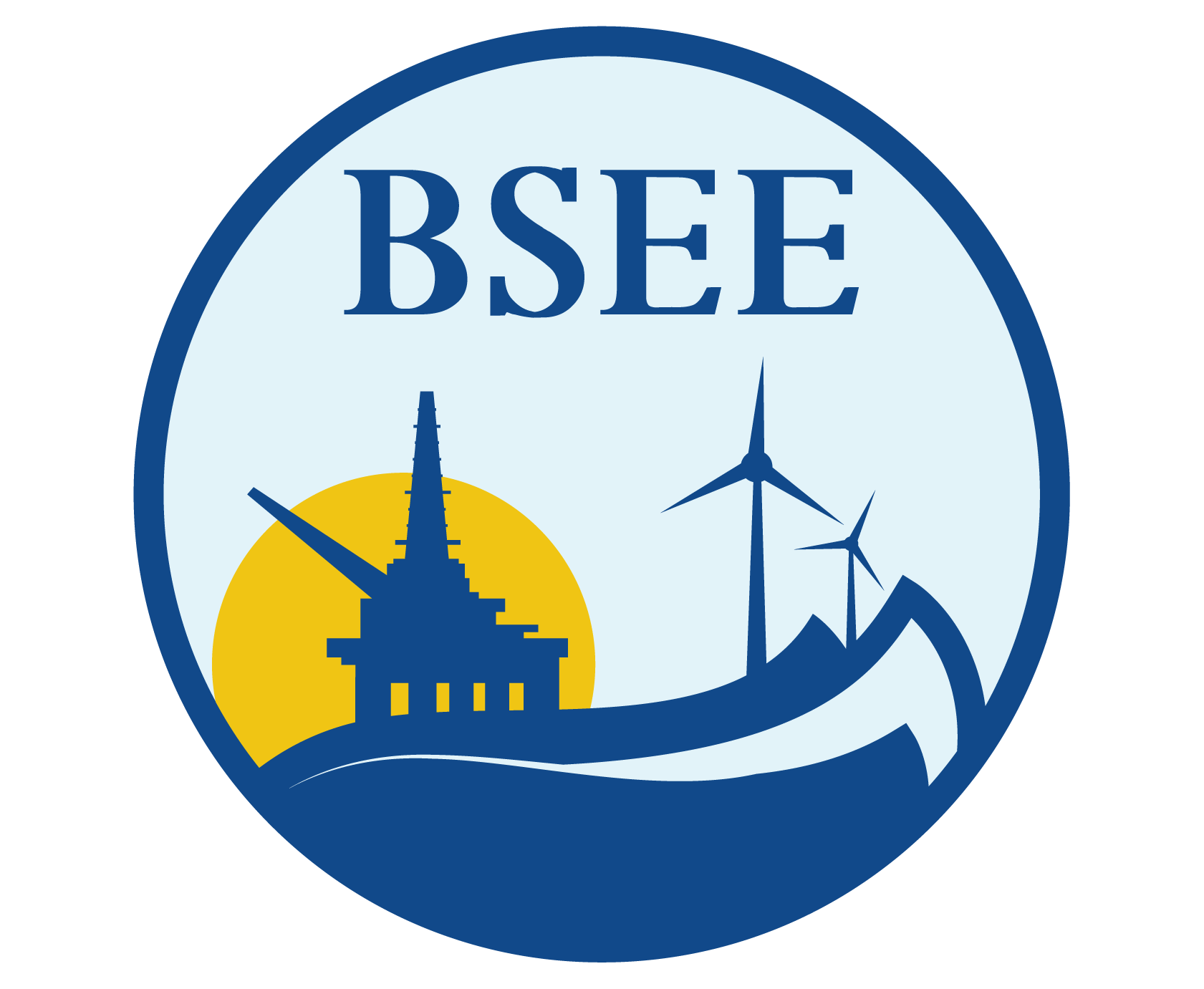Recovery of Oil under Solid Ice
This project designed an ROV mounted tooling skid to detect, inspect, and recover pockets of oil under solid ice, and to scrape and remove oil-laden ice crystals formed on the underside of the ice. The tooling skid consists of a pumping system, a manipulator arm with collection nozzle and scraping tool, navigation, and lighting to allow differentiation of oil, water, and ice. It has a standardized “plug and play” power and data protocol such that it can be used with any qualified ROV.
